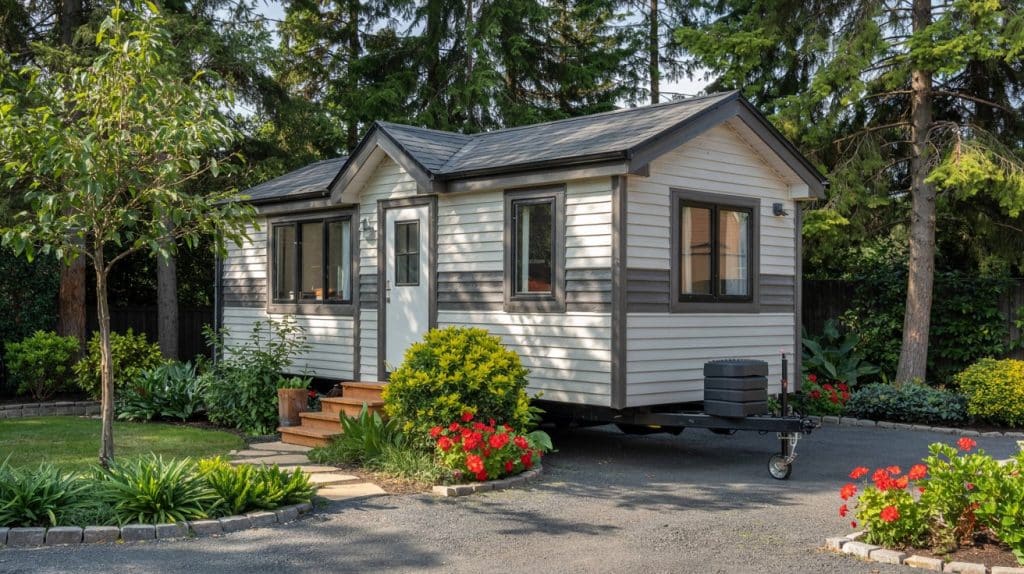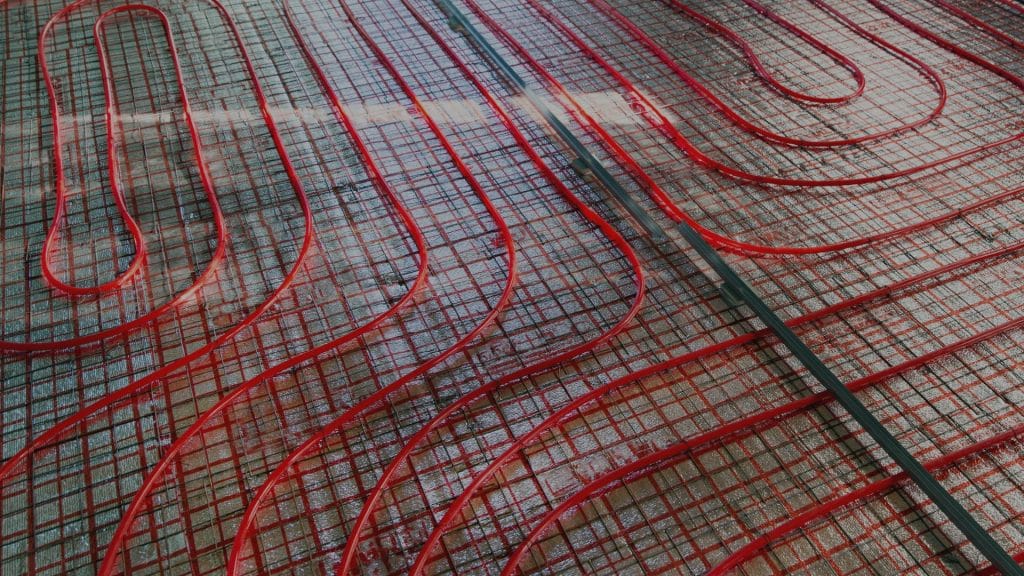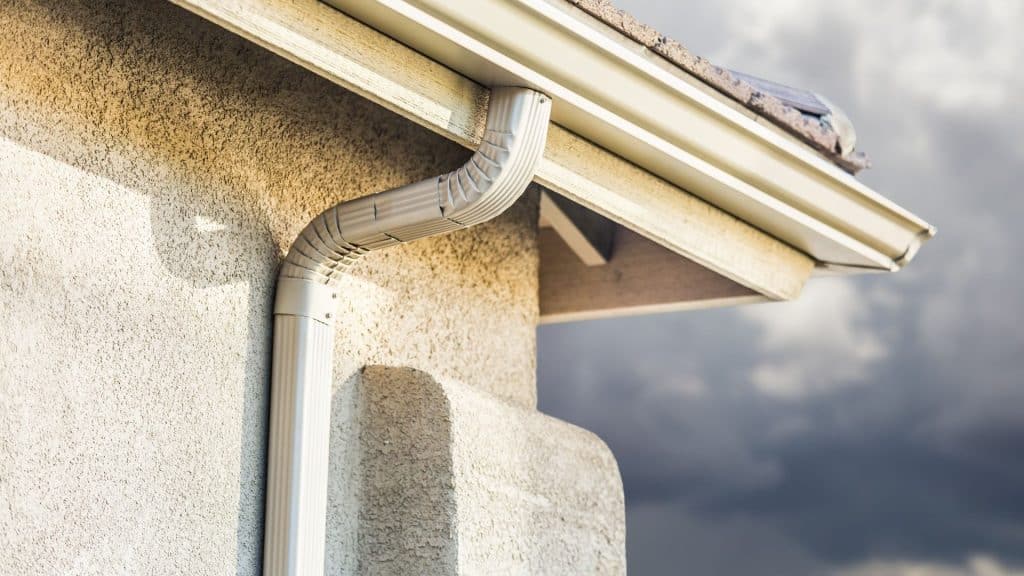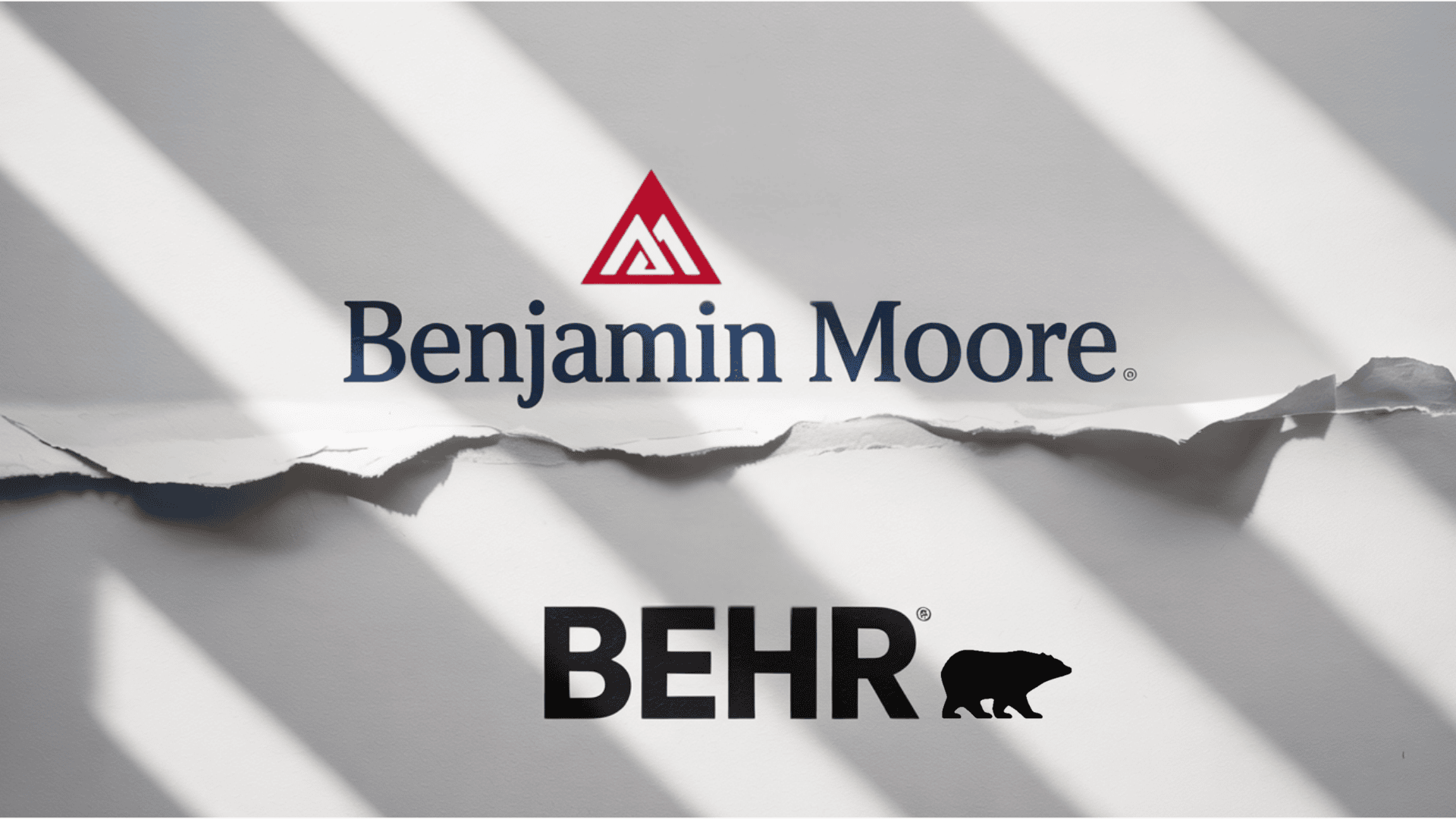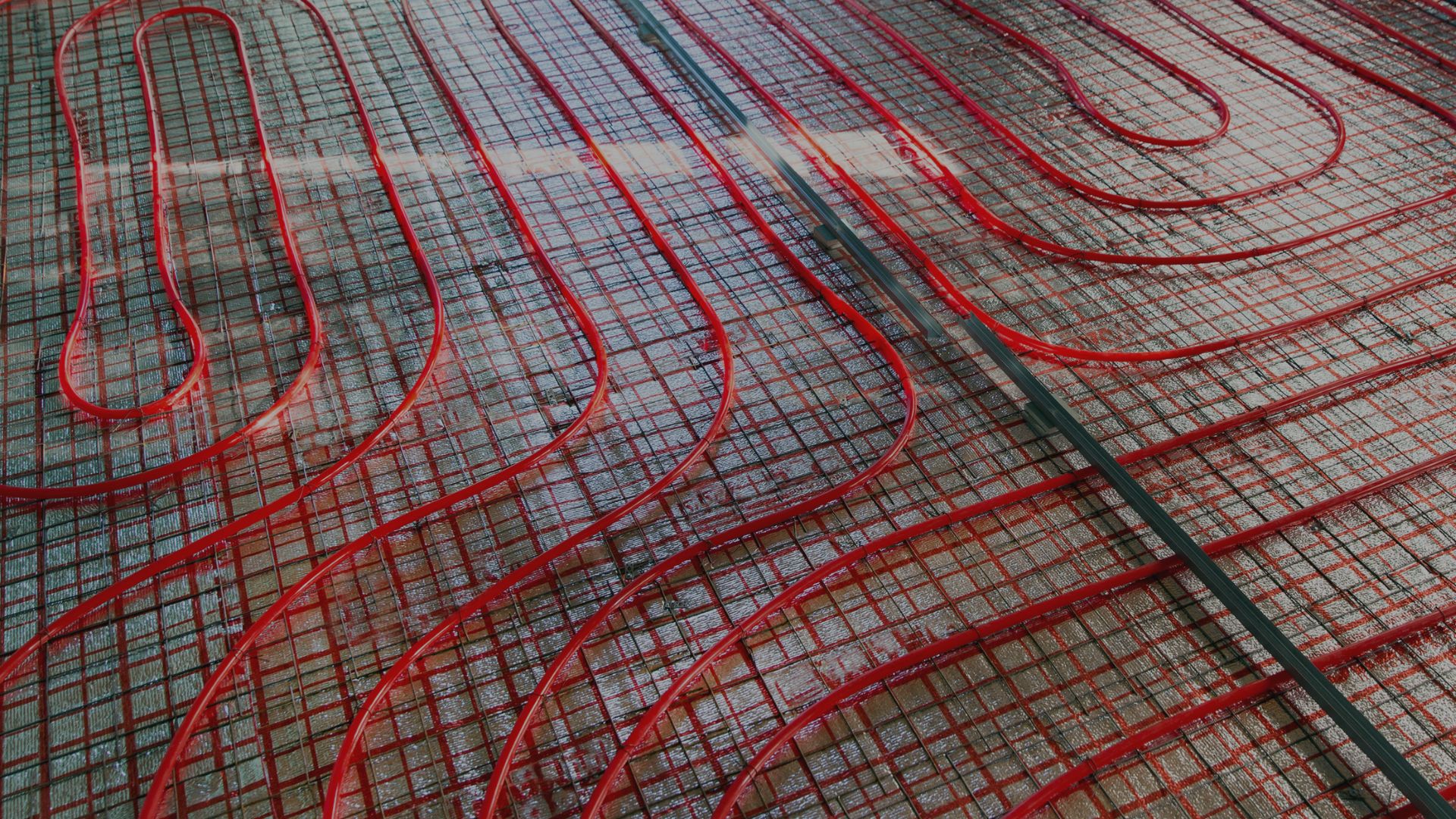Are you dreaming of owning a home without the burden of a massive mortgage?
Park model homes offer an affordable alternative to traditional housing. These compact structures, typically under 400 square feet, sit on a permanent chassis and follow ANSI A119.5 standards.
Many people confuse park model mobile homes with tiny houses or manufactured homes, but they’re quite different.
This guide explains what makes park models unique, how they compare to other housing options, and if they fit your lifestyle.
You’ll learn about costs, regulations, and practical considerations to help you decide if this compact living solution works for you.
What is a Park Model Home?
Park model homes offer a unique housing solution that combines compact living with flexibility. Let’s break down what makes these structures special.
Park model homes typically measure 400 square feet or less. Despite the small footprint, manufacturers design these homes with smart layouts. You’ll find:
- Open floor plans that make spaces feel larger
- Multi-purpose furniture and built-in storage
- Full kitchens with standard appliances
- Separate sleeping areas or lofts
- Complete bathrooms with showers
The key is efficient use of every inch. Builders often include fold-down tables, Murphy beds, and vertical storage solutions.
Mobility of a Park Model Home
One defining feature sets park models apart: they’re built on a permanent chassis with wheels. This trailer base means you can:
- Move the home to different locations
- Avoid permanent foundation requirements in some areas
- Potentially classify the structure as an RV
The chassis stays attached throughout the home’s life. Most units require professional transport when moving, similar to large RVs or mobile homes.
Construction & Materials: Quality Standards Matter
Park model homes follow the ANSI A119.5 standard, not the HUD code that governs mobile homes. This distinction affects construction quality and requirements. Common building materials include:
- Wood framing with traditional stick-built methods
- Log cabin styles with timber construction
- RV-grade materials for walls and roofing
- Standard residential insulation in many models
The construction durability depends on the intended use. Units designed for full-time living typically have better insulation and weather protection than seasonal models.
Park Model Home Cost: Budget-Friendly Benefits
Park model homes cost significantly less than traditional houses. Typical Price Ranges:
- Basic models: $30,000 – $50,000
- Mid-range options: $50,000 – $80,000
- Premium units: $80,000 – $120,000+
These prices usually don’t include: land or lot rental, site preparation, utility hookups, delivery, and setup.
Now that you know what defines a park model home, it’s helpful to compare it with other housing options, starting with mobile homes, to see how they differ in size, standards, and intended use.
Park Model vs. Mobile Homes
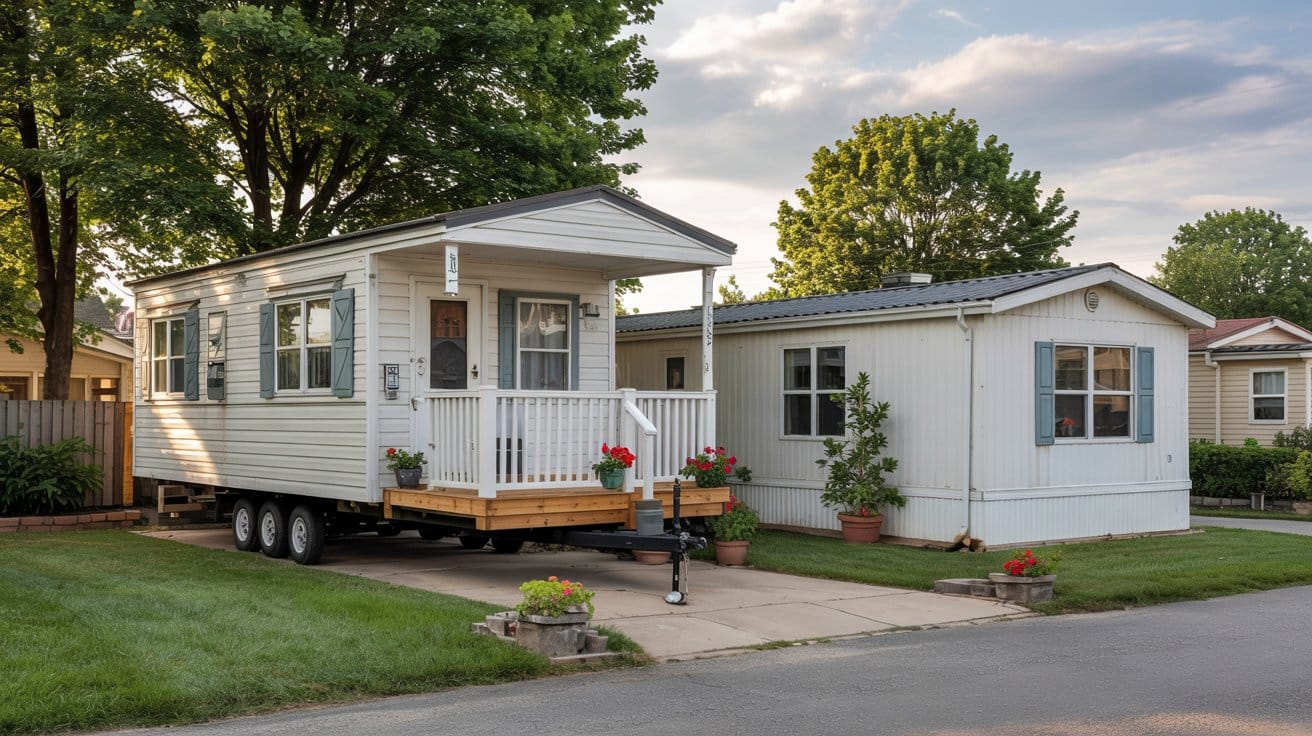
Choosing between a park model and a mobile home depends on your lifestyle, budget, and long-term goals. Knowing their differences in standards, use, size, financing, and taxation helps inform the decision.
| Feature | Park Models | Mobile Homes |
|---|---|---|
| Building Standards | ANSI A119.5 RV standards | HUD code for manufactured housing (stricter for permanent residence) |
| Intended Use | Seasonal camping, vacation homes, temporary housing | Permanent, full-time living, year-round residence, long-term housing |
| Size | Typically under 400 sq. ft. | Usually 600–1,300+ sq. ft. |
| Financing Options | RV loans (higher interest), personal loans, and cash | Traditional mortgages (if on owned land), FHA loans, and specialized manufactured home financing |
| Taxation | Personal property: lower/no property taxes, registration fees | Real property: standard property taxes, potential appreciation, and real estate transaction rules |
Knowing these key distinctions, make sure you choose the right option for your needs, be it a cozy seasonal retreat or a permanent home investment.
Park Model vs. Tiny Homes
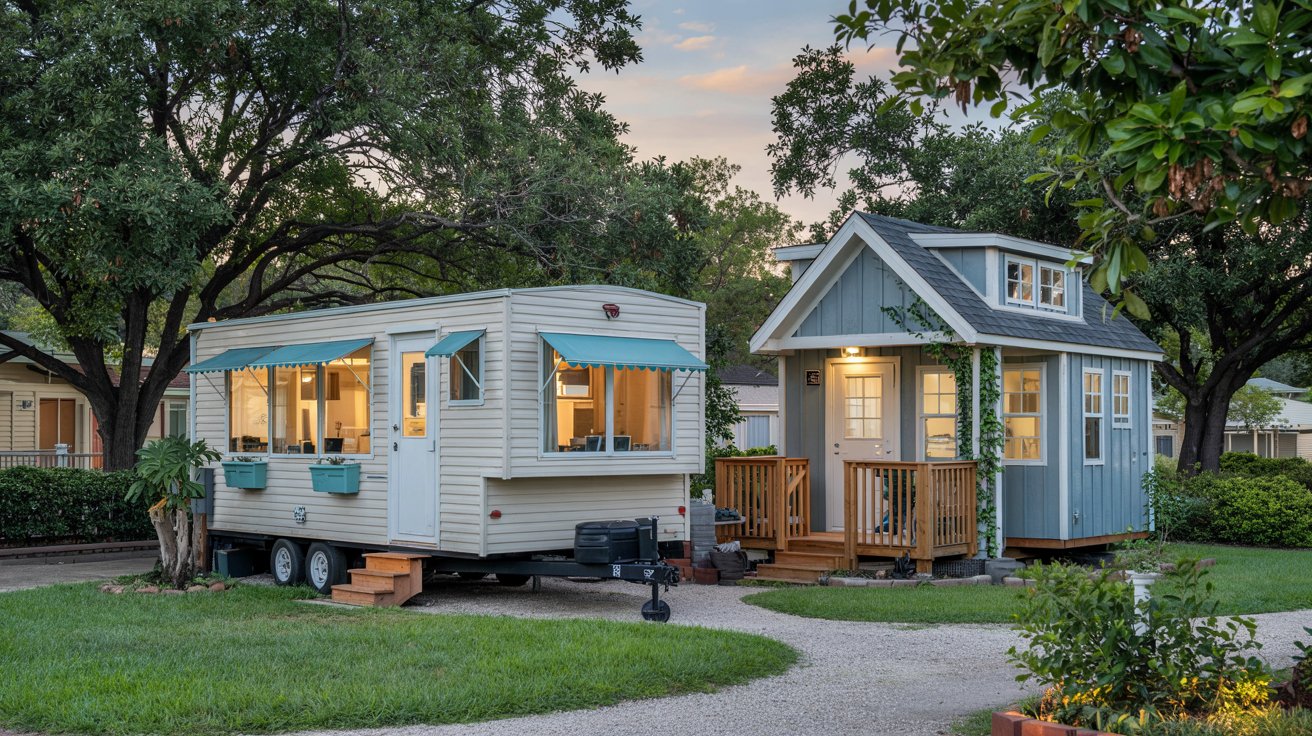
Learning the mobility and foundation differences between tiny homes and park models is essential for choosing the right fit.
Factors like construction, size, and regulations can affect where and how you live.
| Feature | Tiny Homes | Park Models |
|---|---|---|
| Mobility & Foundation | Built on trailers or permanent foundations, can move or stay put | Always on chassis with wheels; designed for mobility; classified as RVs |
| Size Comparison | Trailer-based: 100 to 400 sq. ft.; Foundation-based: 100 to1,000+ sq. ft.; no strict limits | Maximum 400 sq. ft.; uniform size |
| Regulatory Considerations | Local zoning rules vary; you must meet building codes; finding legal parking can be challenging | Accepted in RV parks; clear RV classification; established ANSI regulations |
| Construction Standards | May follow residential codes, custom or alternative methods, and various certifications | Must follow ANSI A119.5; RV industry standards |
If you prioritize mobility or a permanent foundation, knowing these distinctions helps your tiny home or park model meet your lifestyle, legal requirements, and construction expectations.
Park Model vs. Modular Homes
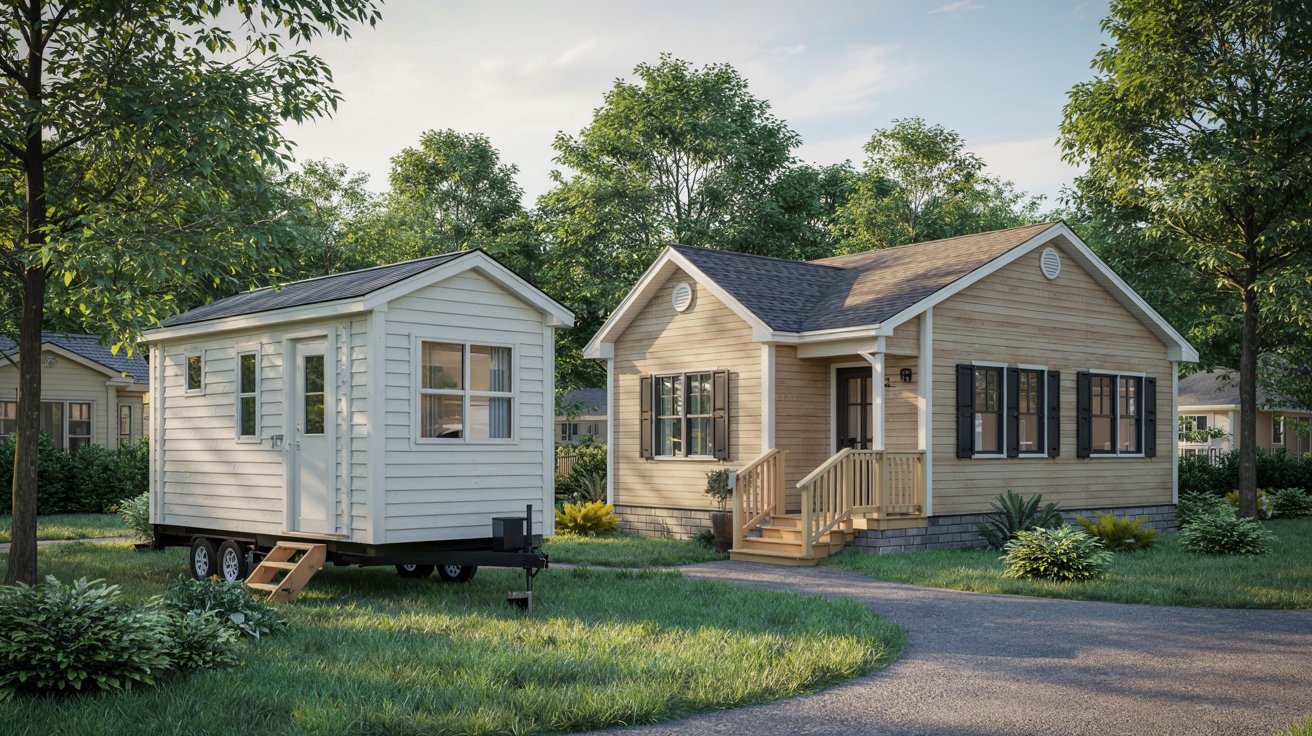
Comparing modular homes and park models reveals key differences in construction standards, code compliance, financing, and long-term durability. These distinctions affect cost, investment potential, and lifestyle suitability.
| Feature | Modular Homes | Park Models |
|---|---|---|
| Build Standard & Code Compliance | Built in factory; assembled on permanent foundation; must meet local residential codes; treated as traditional houses | Single units on permanent chassis; built to RV standards; not required to meet residential codes; classified as temporary/recreational |
| Financing & Resale Potential | Eligible for traditional mortgages, standard homeowner’s insurance, typical appreciation, and strong resale value | Limited financing; higher-interest RV loans; potential depreciation; smaller resale market |
| Durability & Permanence | Permanently attached; long-term structural stability; weather-resistant | Semi-permanent; variable weather protection; lighter construction; shorter lifespan |
Knowing these differences helps determine whether a modular home’s permanence or a park model’s mobility better aligns with your financial goals, living needs, and long-term plans.
Let’s see why park model homes are a good choice.
Advantages of Park Model Homes
Park model homes deliver several benefits that appeal to different buyers, offering affordability, mobility, and a low-maintenance lifestyle ideal for vacationers, retirees, and downsizers.
1. Affordable Compared to Traditional or Modular Homes
- Park models cost about as much as a house down payment, a luxury RV, or a major renovation.
- Lower entry cost enables vacation homes, downsizing, family housing, or rental income.
2. Mobility and Flexibility of Location
- Move closer to family, follow seasons, relocate for work, or explore new communities.
- Relocation requires professional transport, site prep, utility setup, and permits.
3. Eco-Friendly, Smaller Footprint
- Less energy, water, and building materials; smaller land impact.
- 400 sq. ft. of living space reduces clutter, waste, and the carbon footprint.
- Options for solar panels, energy-efficient appliances, sustainable materials, and water-saving fixtures.
4. Customization Options Available
- Personalize floor plans, cabinets, flooring, siding, windows, and appliances.
- Styles include modern minimalist, rustic, traditional cottage, or contemporary.
- Fully custom units possible (may increase cost and timeline).
5. Lower Maintenance Costs
- Less space means quicker cleaning, fewer repairs, smaller yards, and faster seasonal prep.
- Reduced heating/cooling, smaller roofs, fewer fixtures, and simplified utility systems.
Despite its many benefits, there are several limitations to a park model home. The following sections cover some of them.
Limitations & Considerations
Park model homes work well for many people, but they’re not perfect for everyone, especially those needing larger spaces, permanent residency, or traditional home financing.
1. Zoning Restrictions
- Often not allowed as primary residences; mainly permitted in RV parks, resorts, or recreational land.
- Check local zoning, HOAs, and park rules; moving or full-time living can be restricted.
2. Financing Limitations
- RV loans, personal loans, or cash; traditional mortgages rarely apply.
- Expect higher interest, larger down payments, shorter terms, and fewer lender options.
3. Size Constraints
- 400 sq. ft. limits storage, privacy, and guest hosting.
- Best for singles, couples, empty nesters, or temporary living.
4. Climate & Durability
- Limited insulation, basic weatherproofing; hot/cold climates require upgrades.
- Trailer construction is vulnerable to storms; solutions include four-season models.
5. Resale Limitations
- Depreciates like an RV; smaller buyer pool; resale depends on condition, location, and age.
- Traditional homes usually appreciate, have more buyers, and better ROI.
Park models offer an affordable, flexible, and compact living option, but come with size, zoning, and resale limitations.
Conclusion
Park model homes provide an affordable, flexible housing option for the right buyer. These compact units under 400 square feet work well for vacation properties, downsizing, or simplified living.
Remember that park model mobile homes differ from traditional manufactured housing in size, standards, and regulations.
Before buying, verify local zoning laws, learn financing limitations, and honestly assess if 400 square feet meets your needs.
Consider site preparation costs, climate requirements, and long-term resale value. For weekend getaways, seasonal use, or minimalist living, park models deliver significant cost savings.
Research thoroughly, visit several units, and speak with current owners to make an informed decision about this unique housing option.

